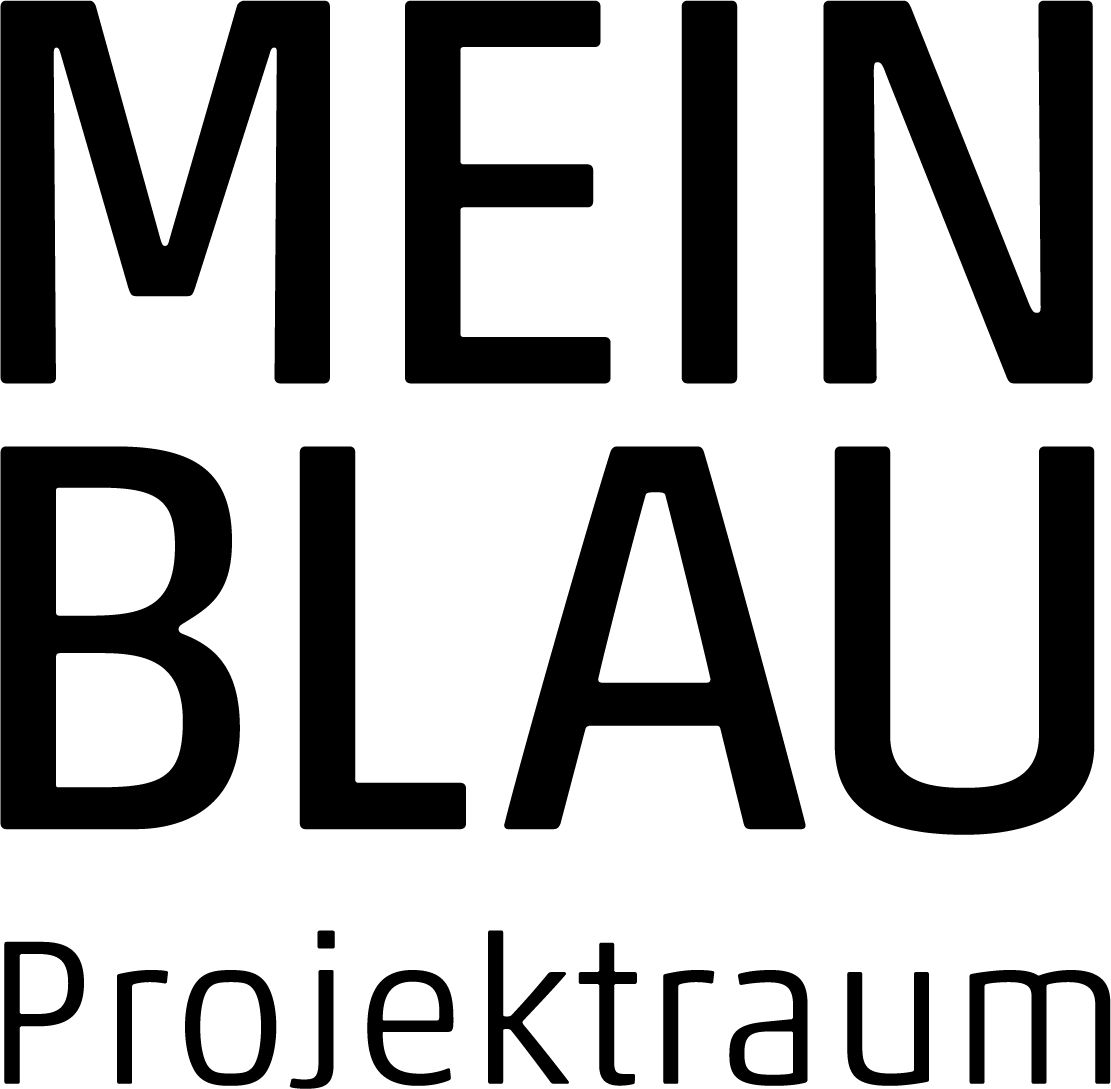
KÜNSTLER*INNEN : Biho Ryu, Jaebum Kim, Klaas Hübner, Taiyoh Mori and Seoul National University, Graduate School of Environmental Studies.
kuratiert von Ido Shin (NON-Berlin, Asia Contemporary Art Platform)
ERÖFFNUNG Freitag, 10. August 2018, 18 Uhr.
Veranstaltung im Rahmen des Project Space Festival :
OPEN DISCOURSE : Freitag, 10.August 2018, 18 Uhr
Mit Prof. Kyung Jin Zoh (Seoul National University) und Angelika Beck (BUND, Bund für Umwelt und Naturschutz Deutschland, Friends of the Earth Germany)
11. – 30. August 2018, Do-So 14-19h
FACING NORTH KOREA_THE OBSERVATORY PROJECT betrachtet das Grenzgebiet zwischen Nord- und Südkorea, die 248 km lange DMZ. In einer künstlerischen Reflektion in Kombination mit wissenschaftlicher Forschung dieses über 60 Jahre blockierten Gebietes werden die inneren und äußeren Sichtweisen auf dieses Territorium als Natur, als sich in das Land verewigte Grenze, die nicht nur Systeme und Gesellschaften trennt, sondern auch Puffer und Vermittler ist.
Das Kernstück der Ausstellung umfasst ein künstlerisches Archiv, das Forschungsmaterial über die DMZ und insbesondere die 14 Wachtürme integriert und ihr reales wie utopisches Potenzial sichtbar macht.

Dora observatory, 2017, The observatory project, Seoul national university graduate school of environmental studies ©
The research team consisting of six members headed by Kyung Jin Zoh, professor of the Graduate School of Environmental Studies, Seoul National University, discovers a hidden landscape by taking the observatories in the DMZ—which have been installed since the late 1970s—as the objects of gaze and visiting the fifteen observatories as the vestigial landscape of the Cold War. Also, their multilateral investigations on observatories as buildings generated in the border of division are exhibited here as archived works based on documentation materials and environmental analyses.
In the work named “Personal Experiences,” artist Biho Ryu gazes upon the DMZ, recognizing it as an unrealistic, surrealistic, and larger-than-life psychological space. In this work, the artist is demonstrating the mental state of anxiety derived from the DMZ through videos and installations.
Photographer Jaebum Kim observes the flow of capital in the natural landscape and suggests the scenes of the city and the park viewed from Greenwich Park which includes the Royal Observatory, the institution that has taken the locations of longitude latticing the globe as measurement baselines. The artist’s research originating from “Time for Navy,” a small exhibition venue at an observatory built in 1675 as the first standard of time measurement and navigation, becomes reinterpreted with the eyes of observing the landscape of the Lehman Brothers and London’s financial district around it. The Royal Greenwich Observatory, which was initially used for naval operation, enables one to see at a glance the topography of cities and states created by a historical determination through the borders in which the negatives and the positives are separated in contrast. The green laser installed to represent the prime meridian as the standard longitude catches sight from our reality in the exhibition space, drawing the endless border of desire. At the same time, the artist narrates the story of time contaminated politically and at geopolitical borders.
Taiyoh Mori draws the lines of defining relations between the self and things, ceaselessly in the working process. Strictly vertical repetitions enable the artist to project the ego and things into space, thus deriving contingent gazes from observers.
Sound artist Klaas Hübner poses the endless questions on essence by drawing the moving traces of circles, and this regular movement of traces is evidenced by sound. The repetitive traces of circles are the borders superposed at a number of invisible territories, while each sound filling the space extends the duration of gaze.
The Observatory Project is the first of three new exhibitions of Facing North Korea by NON – Asia Contemporary Art Platform, that intend to escape from the monotonous and conventional views of media on North Korea and instead look forward to a new perspective opened by the observer’s subjective gaze.
read more on:

The Observatory Project is supported and funded by

